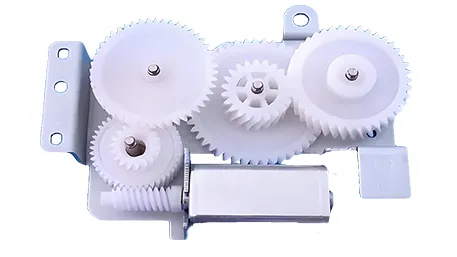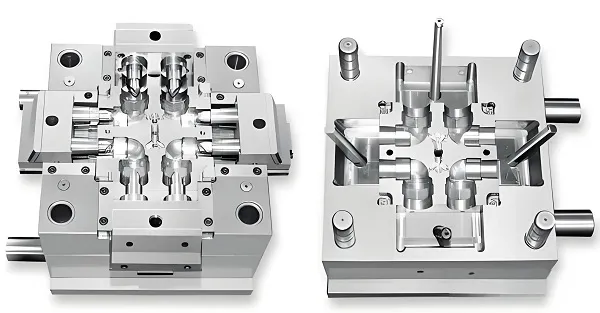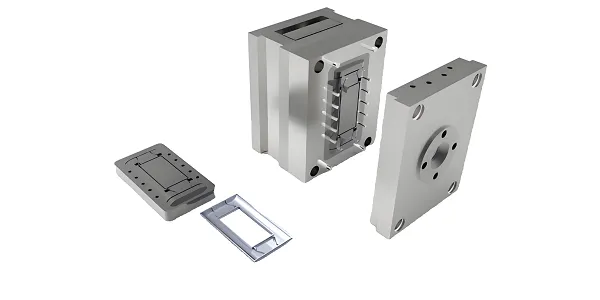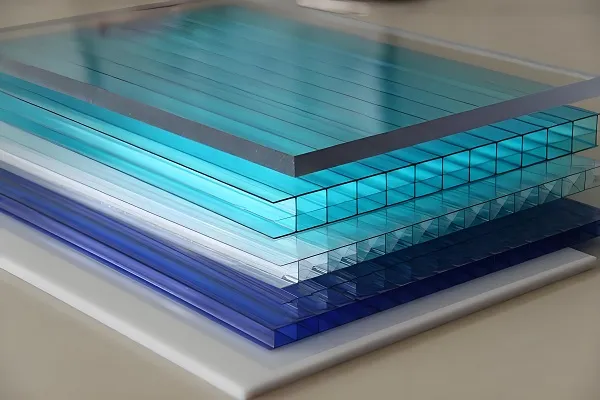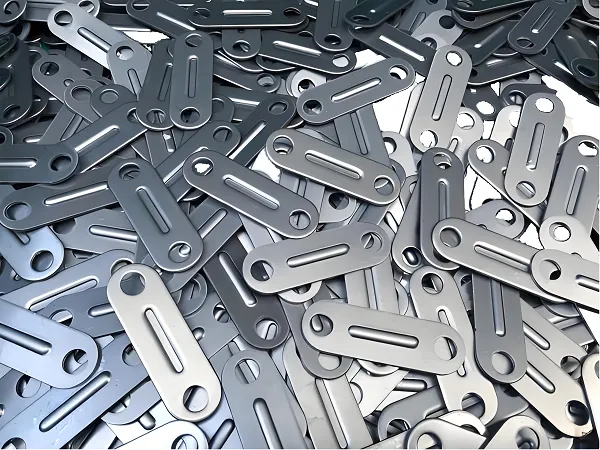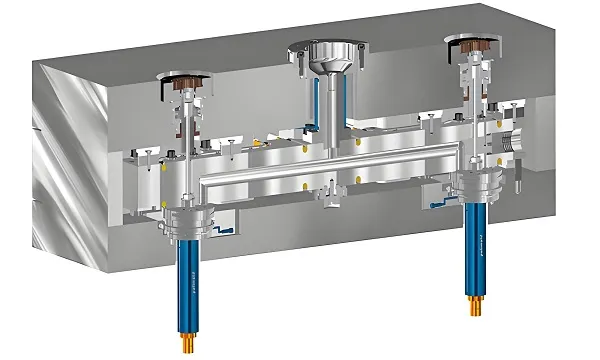1. Industry Overview and Technological Significance
Injection molding accounts for 32% of global polymer processing (Grand View Research, 2024) and remains the backbone of mass production across automotive, medical devices, and consumer electronics. The industry is witnessing a 5.8% CAGR growth, driven by demand for precision components and sustainable manufacturing solutions. Key innovations like IoT-enabled molds and AI-driven process optimization are reshaping quality control paradigms.
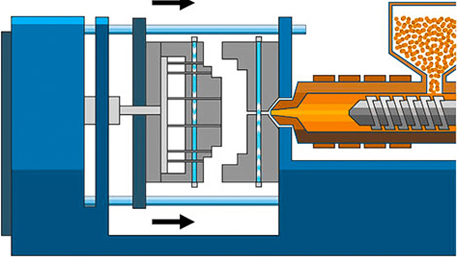
2. Core Components & Working Principle
2.1 Mold Architecture (Patent-inspired Design )
A typical injection mold comprises:
- Clamping Unit: 800-3,500 ton force range for automotive-grade molds
- Injection System: Screw L/D ratio 20:1~25:1 for optimal melt homogenization
- Cooling Channels: Conformal circuits achieving ±0.5°C thermal variance
- Ejection Mechanism: 3-stage servo-controlled ejection with <0.01mm positional repeatability
Material Flow Dynamics
The process follows a non-Newtonian shear-thinning behavior where viscosity (η) decreases exponentially with shear rate (γ̇):
η = Kγ̇^(n-1)
Where K=consistency index, n=pseudoplasticity index (0.2~0.7 for most thermoplastics)
3. Operational Workflow: Engineer’s Perspective
3.1 Pre-Production Validation (ISO 20417:2021 Compliance)
- Mold Qualification
- Run 500-shot DOE to establish CpK>1.67
- Validate gate freeze time within 0.1s of simulation
- Material Conditioning
- Pre-dry resins to <300ppm moisture (e.g., PA66: 80°C/4h)
- Implement hopper loaders with -40°C dew point air
3.2 Production Cycle Optimization
| Phase | Parameter Control | Advanced Monitoring |
|---|---|---|
| Injection (0.5-5s) | V/P switchover at 95-98% cavity fill | Real-time cavity pressure sensors |
| Packing (2-10s) | Decay curve pressure profiling | Ultrasonic melt-front detection |
| Cooling (15-60s) | ΔT<10°C between mold halves | IR thermography for hot spots |
| Ejection (0.5-2s) | Z-axis acceleration <3G | Ejector pin force telemetry |
Cycle Time Reduction Case:
By implementing pulsed cooling (5Hz oscillation in coolant flow), XYZ Corp reduced cycle times by 18% while maintaining dimensional stability (±0.05mm on 200mm parts).
4. Cutting-Edge Innovations
4.1 Self-Heating Molds
Induction-heated cores (patent pending) enable:
- 40% energy savings vs. conventional oil heating
- 100ms response time for dynamic thermal zoning
4.2 Microcellular Foaming (MuCell® Technology)
- Supercritical fluid (N2/CO2) injection reduces part weight by 15-30%
- Eliminates sink marks in ribs >4:1 aspect ratio
4.3 Smart Mold Integration
- Piezoelectric sensors detect micro-flash at <50μm level
- Edge computing predicts maintenance needs with 92% accuracy
5. Critical Challenges & Solutions
Q1: Why does amorphous shrinkage differ between PP and ABS?
Engineer’s Insight:
PP’s semi-crystalline structure causes 1.8-2.5% volumetric shrinkage (orientation-dependent), while amorphous ABS exhibits 0.5-0.7% isotropic shrinkage. Mitigate through:
- Mold temp control: PP@40-80°C vs ABS@60-90°C
- Gate positioning: Balance flow lengths for PP’s high molecular orientation
Q2: How to eliminate weld lines in optical components?
Proven Approach:
- Increase melt temp to upper processing limit (e.g., PC from 300°C→320°C)
- Implement vacuum venting (≤5mbar) at weld locations
- Use sequential valve gating with 0.02s overlap timing
6. Future Outlook
The industry is transitioning toward closed-loop rheology control systems that auto-adjust shot parameters based on real-time melt viscosity readings. Emerging hybrid molds combining metal 3D printing (conformal cooling) and ceramic composites (abrasion resistance) promise to push tooling life beyond 5 million cycles.
Technical Q&A Section
Q: How to prevent screw slippage with high-glass-fiber materials?
A: Use stepped screw design with 25° flight angle in feed zone. Maintain 85-95% screw torque load for optimal shear mixing without degradation.
Q: Best practices for mold storage in humid environments?
A: Apply VCI (Vapor Corrosion Inhibitor) coating and maintain 35% RH with desiccant breathers. Perform monthly EDM reconditioning on parting surfaces.
Q: Solving inconsistent part weight in high-cavitation molds?
A: Implement dynamic feed system balancing – 98% of imbalance issues stem from unequal shear heating across runners. Use CFD-optimized rhombic runners.
By integrating these principles with the latest Industry 4.0 technologies, injection molding professionals can achieve unprecedented levels of efficiency and part quality. The key lies in marrying fundamental polymer physics with smart process controls – a challenge that continues to drive innovation in our field.

